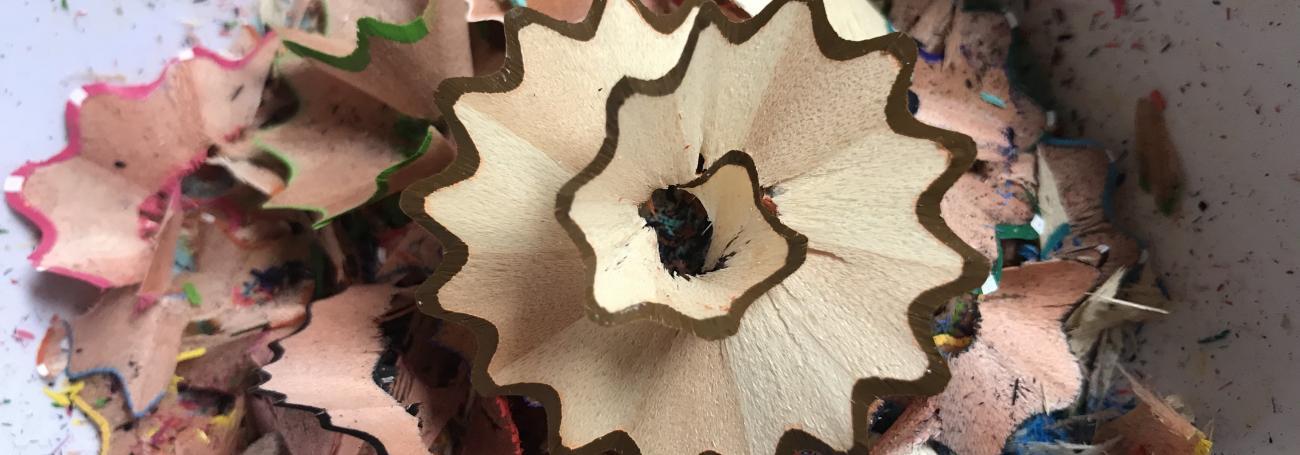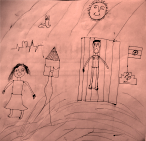Beckett, H., Campbell, C., Mahony, D., Jackson, J. and Doak, J. (2004). Interim evaluation of the Northern Ireland Youth Conferencing Scheme. Research and Statistical Bulletin 1/2005. Belfast: Northern Ireland Office.
Camilleri, V.A. (ed.) (2007). Healing the inner city child: creative arts therapies with at-risk youth. London: Jessica Kingsley.
Chapman, T. and Welzenis, I. (2020). Alternatives to detention and restorative justice. Child Protection Hub and European Forum on Restorative Justice.
Council of Europe (2018). Recommendation CM/Rec(2018)8 of the Committee of Ministers to member States concerning restorative justice in criminal matters. https://search.coe.int/cm/Pages/result_details.aspx?ObjectId=09000016808e35f3.
Culpepper, C.L. (2014). The effects of social support on at-risk youth. Phd, University of Tennessee, Knoxville.
Davis, D. (2008). A brain-friendly environment for learning. Faculty focus.
Eliaerts, C. and Dumortier, E. (2014). Restorative justice for children: in need of procedural safeguards and standards. In: E.G.M. Weitekamp and H.J. Kerner (eds.) Restorative justice: theoretical foundations, chap. 10, pp. 226–245. Cullompton: Willan.
Feuerborn, L. and Tyre, A. (2009). Practical social-emotional learning tools for students with specific learning disabilities in the United States of America. Journal of the International Association of Special Education 10(1):21–25.
Friedberg, R.D., McClure, J.M. and Garcia, J.H. (2009). Cognitive therapy techniques for children and adolescents: tools for enhancing practice. London: Guilford.
Gal, T. (2011). Child victims and restorative justice: a needs-rights model. New York: Oxford University Press.
Garbett, C. (2016). “ and focused upon victims’ needs”: towards an assessment of the victim-friendly principles of restorative justice practice. Contemporary Justice Review 19(3):307–324. Https://doi.org/10.1080/10282580.2016.1185948.
Hayes, H. and Snow, P. (2013). Oral language competence and restorative justice processes: refining preparation and the measurement of conference outcomes. Trends & issues in crime and criminal justice no. 463. Canberra: Australian Institute of Criminology.
Hopkins, B. (2009). Just care: restorative justice approaches to working with children in public care.London: Jessica Kingsley.
Hopkins, B. (2011). The restorative classroom: using restorative approaches to foster effective learning. London: Optimus Education.
International Juvenile Justice Observatory (ed.) (2018). Practical guide: implementing restorative justice with children. Brussels: International Juvenile Justice Observatory.
Oleszkiewicz, A., Frackowiak, T., Sorokowska, A. and Sorokowski, P. (2017). Children can accurately recognize facial emotions from emoticons. Computers in Human Behavior 76:372–377. Https://doi.org/10.1016/j.chb.2017.07.040.
Pali, B. and Randazzo, S. (2018). Child victims and restorative justice: an unexplored match?
European Forum for Restorative Justice — 10°International Conference Tirana.
Riley, M. and Hayes, H. (2018). Youth restorative justice conferencing: facilitator’s language — help or hindrance? Contemporary Justice Review 21(1):99–113. Https://doi.org/10.1080/10282580.2017.1413358.
Terre des Hommes (2020). Joint position paper on a comprehensive child rights strategy. Terre des Hommes.
United Nations Economic and Social Council (2002). Basic principles on the use of restorative justice programmes in criminal matters. Resolutions and decisions adopted by the Economic and Social Council at its substantive session of 2002.
United Nations Office on Drugs and Crime (2020). Handbook on restorative justice programmes. Criminal justice handbook, 2nd ed. Vienna: United Nations.
Vansereven, B. and Hopkins, B. (2019). Child friendly restorative justice. EFRJ Summer School 2019.
Wachtel, T. (2013). Defining restorative. http://www.iirp.edu/pdf/Defining-Restorative.pdf.





